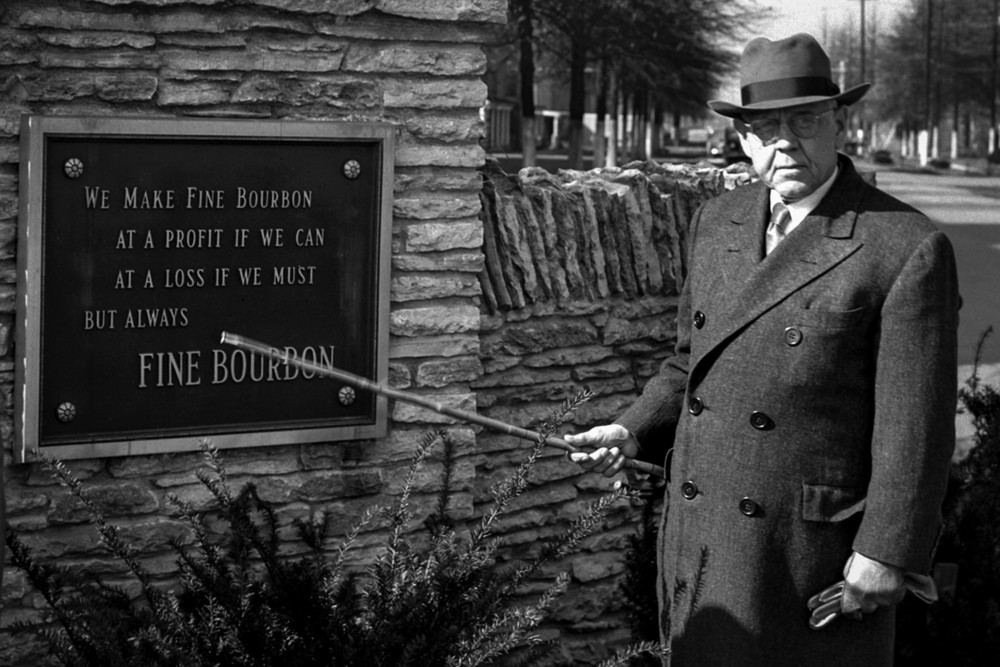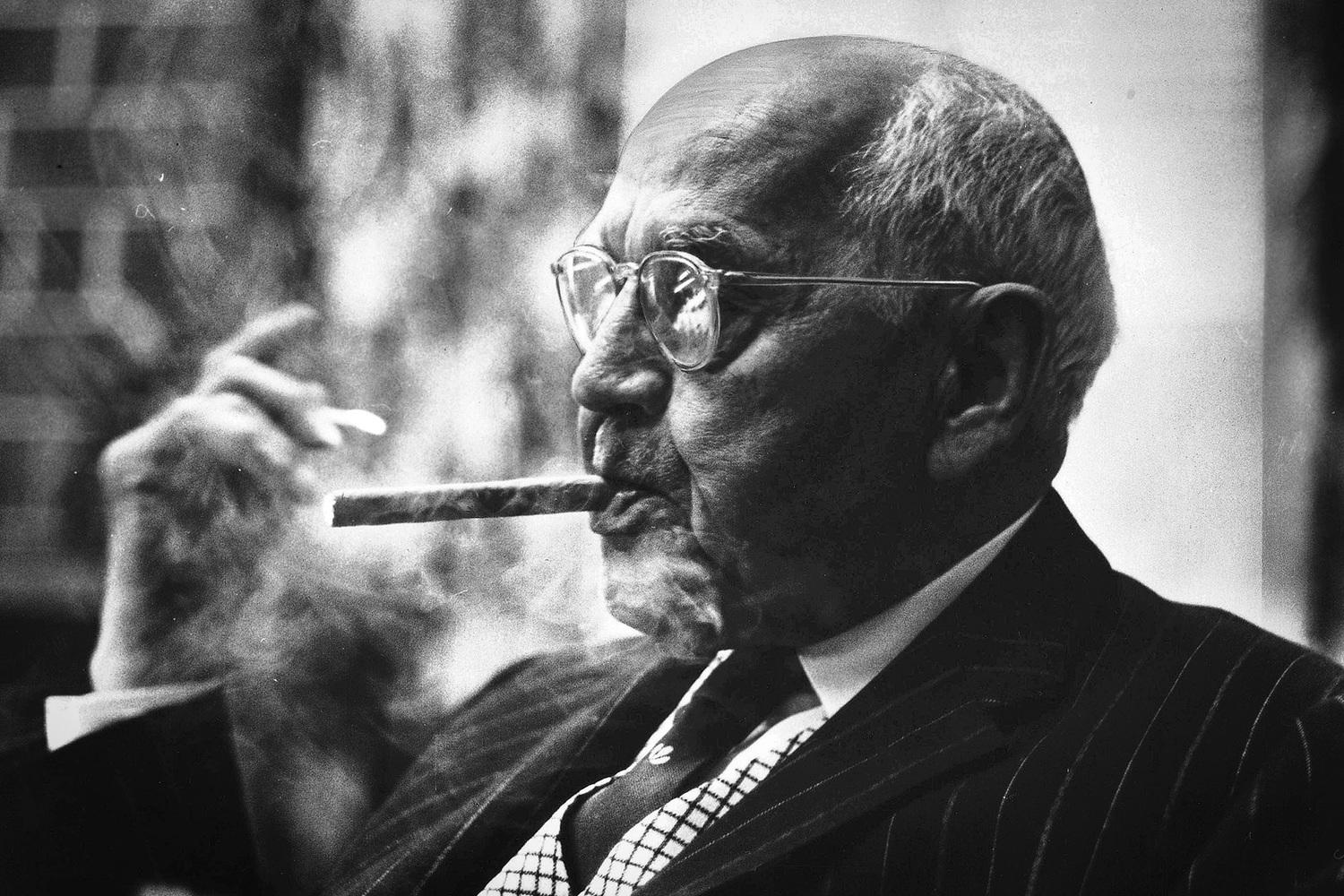Everyone knows how hard it is to get their hands on a bottle of Pappy Van Winkle bourbon, but not many know who the man was on the label.
“Pappy” Van Winkle (Julian Van Winkle, Sr.) began his whiskey career in 1893 when he became a salesman at W.L. Weller and Son. He sold brand names such as Old W.L.Weller, Mammoth Cave, Hollis Rye, Cabin Still, Harlem Club, Silas B. Johnson and Stone Root Gin. His time there was very educational and he soon became a very influential figure in the company. In 1908, he and fellow salesman Alex Farnsley bought the Weller wholesale business after William Lerue Weller’s death. W.L.Weller did not have a distillery of its own, but he was able to secure a contract with the Stitzel Distillery in Louisville. Once Prohibition hit, they had to shutter their doors. They made an attempt to start a farm equipment business, but that venture did not work out. Van Winkle purchased the Old Fitzgerald brand from A.C.Herbst for $10,000 and the distillery was able to sell warehoused stocks during prohibition. Phil Stitzel produced medicinal whiskey for W.L.Weller and Sons after receiving a permit to do so in 1930. Still, the company was barely able to scrape by. After Prohibition, W.L. Weller and A. Ph. Stitzel Distillery (Julian van Winkle and Alex Farnsley and Phil Stitzel) merged to become Stitzel-Weller Distillery in 1933. They built a new production plant (to replace the aging Stitzel Bros. Distillery) that they opened on Derby Day in 1935. The way they would pull themselves forward would be to produce a product that tasted better at a younger age- 5 to 7 years old. They would make it the “old fashioned way” to fill in the huge gaps in demand left by Prohibition.
“Old Fashioned” meant they would not cut corners in production. They would use wheat (Stitzel’s recipe) instead of rye as the flavoring grain even though it was more expensive. (A “whisper of wheat”, as Pappy would come to describe it, would replace the rye grains in Old Fitzgerald’s mashbill.) Many distillers prefer rye because it yields a higher alcohol percentage than wheat. They would grind the corn more coarsely for the mash which would create a heavier, more oily mouth-feel, but would also be a more expensive process. The thought was that adding winter wheat to the recipe would help the spirit age more quickly. (We have found, many years later, that wheat tends to age more gently in new oak barrels- Wheated bourbons are able to sit in the barrels for longer periods of time than rye flavored bourbons.) They would use thicker oak staves in their barrels and use a lower entry proof to create a more gently aged product. It would all be distilled in “old fashioned” pot stills. The sign over the door to the distillery read “No Chemist’s Allowed. Nature and the old-time ‘know-how’ of a Master Distiller get the work done here…This is a distillery- not a whiskey factory.” Pappy Van Winkle used his marketing skills to establish a place for their products on the new and struggling spirits market. In the mid 1940’s, he became owner and head of Stitzel-Weller. Pappy, when asked later in his career why he got into making bourbon said, “I wanted a job.”
Historically speaking, Mr. Julian Van Winkle Sr. was a titan of the whiskey industry. He may not have been the wealthiest distillery owner of his era, but he maintained the integrity of his company and his whiskey in the face of many challenges. He fought hard against the whiskey monopolies that threatened to consolidate all of their competition. Unfortunately, after his death in 1965, the family could not maintain hold of the company and pressure from Stitzel-Weller’s other investors forced its sale to millionaire Norton Simon in 1972.


